Following the successful environmental qualification of our latest product, the GRiDCASE 2507 – a 7” Hand-held Rugged Tablet, we had it put through its paces against a variety of tests to check compliance with DEF STAN 59-411 to ensure that it is suitable for use in EMC sensitive environments. If you have yet to do so, you can see how the GRiDCASE 2507 got on in its environmental testing here. As with the Environmental testing, we used the independent test house TÜV SÜD (https://www.tuvsud.com/en-gb) for our EMC qualification.
The GRiDCASE 2507 was put through both Defence and Civilian testing for EMC and completed the following tests successfully:
Defence Qualification Testing to Def Stan 59-411
| Test Description |
| Conducted Emissions Control, Signal and Power Lines (A) |
| Conducted Susceptibility Control, Signal and Power Lines (A) |
| Electro Static Discharge (ESD) (A) |
| Radiated Emissions Electric (E) Field (A) |
| Radiated Emissions Magnetic (H) Field (A) |
| Radiated Emissions Electric (E) Field (Land Services) Tuned Antenna (A) |
| Radiated Susceptibility Magnetic (H) Field (A) |
| Radiated Susceptibility Electric (E) Field (A) |
| Radiated Susceptibility Electric (E) Field (A) |
Standard Civilian Testing to EN 55032, EN 55035 and EN 61000
| Test Description |
| Low voltage AC mains port |
| Voltage fluctuations and flicker |
| AC Power, Signal, I/O ports: Immunity to Electrical Fast Transients / Bursts Common Mode |
| AC Power, Signal, I/O ports: Immunity to Surges |
| AC power: Voltage dips and interruptions |
Defence Qualification Testing
All testing for this qualification was carried out in an anechoic chamber.
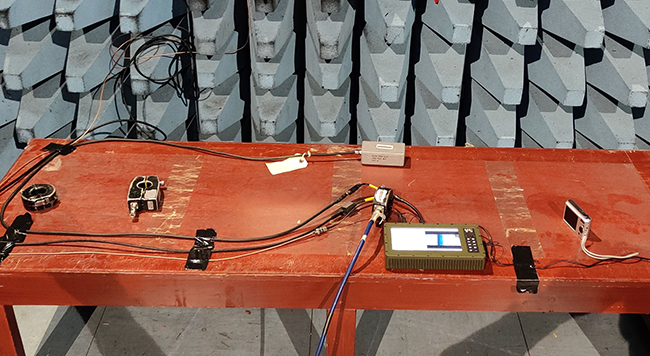
Figure 1: GRiDCASE 2507 Undergoing Conducted Emissions Testing
Conducted Emissions Control, Signal and Power Lines: The GRiDCASE 2507 was tested over a frequency ranging between 500 Hz to 150 MHz. This test measures the amount of emissions generated by the Tablet that conducts back down the cables to ensure they are below a threshold so as not to cause any damage or interference to the equipment attached to the other end of the cable.
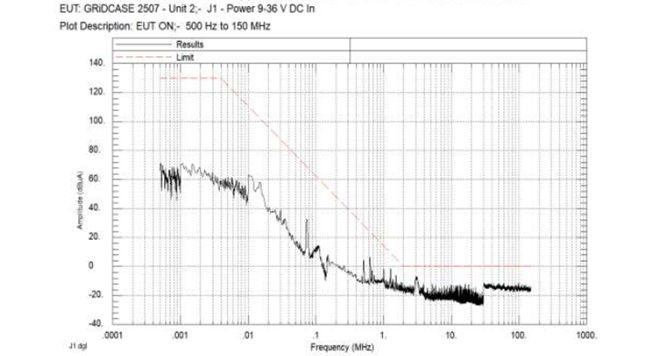
Figure 2: Results from Conducted Emissions Testing 500 Hz to 150 MHz
Conducted Susceptibility Control, Signal and Power Lines: For this test, the device and associated cables (power, signal, Ethernet etc.) were tested to see how susceptible the device was to noise coming from external equipment connected to the device being tested via the associated cables. This test was carried out in frequency ranges from 50kHz to 400MHz.
Electro Static Discharge: Electro Static Discharge (ESD) testing is carried out to check that the device is not affected by the presence of an electro static discharge. For this test, the GRiDCASE 2507 was subject to 5 different voltages across every different material present on the Tablet (i.e. Screen, Keypad, connectors, and Casing). The device was tested up to the maximum for the specification, 15kV in both positive and negative polarities.
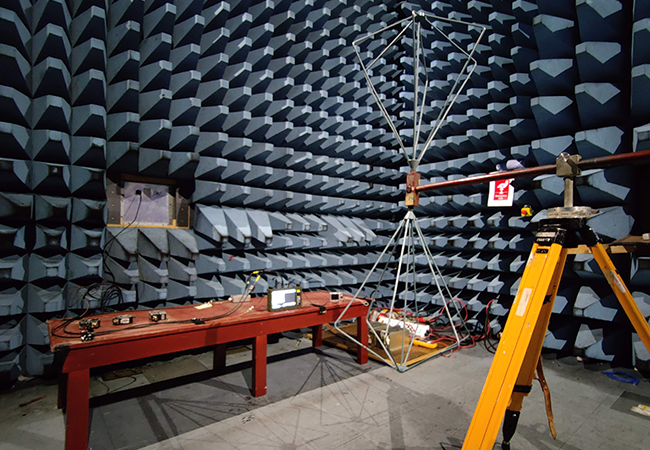
Figure 3: GRiDCASE 2507 in Anechoic Chamber
Radiated Emissions: Radiated Emissions testing looks for any emissions that are given off unintentionally by a device. With two different types of radiated emissions, we had three separate tests carried out to ensure as high accuracy as possible.
- Electric Field: This test variant checks for electric field emissions leaking from the tablet and cables. For this test, the GRiDCASE 2507 was checked against a frequency range of 88MHz all the way up to 18 GHz in both horizontal and vertical polarisations
- Electric Field Tuned Antenna: This test variant checks for electric field emissions leaking from the device at a lower frequency range using a very sensitive tuned antenna and receiver that would be used for SW (Short Wave) communication. The lower frequency range tested here is between 1.6MHz and 88MHz to check the device will not cause any interference with mission-critical communications when operated in close proximity to the SW transceiver
- Magnetic Field: This test variant checks for magnetic field emissions that come from the device and focuses on lower end frequency ranges compared to the other radiated emissions tests. The frequency range specified for this test was 500Hz up to 250kHz. The Magnetic Field test is carried out to ensure that the device doesn’t interfere with equipment that rely on magnetic fields for their operation, a compass as an example.
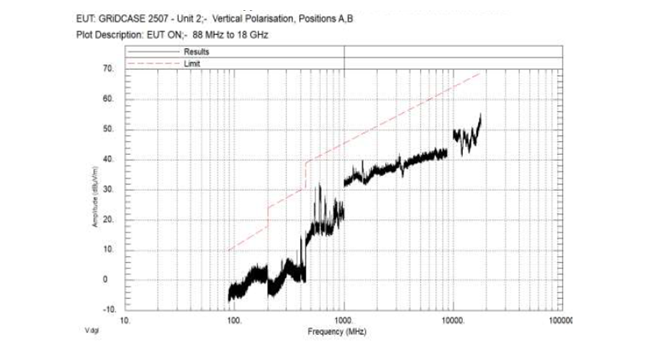
Figure 4: Results From Radiated Emissions Testing 88 MHz – 18 GHz
Radiated Susceptibility: Radiated Susceptibility tests measure how susceptible a device is to external sources of EMF Signals and how likely these sources are to affect the standard operation of the device. We performed 2 different tests to check each type of emission.
- Electric Field: This test variant checks how likely the GRiDCASE 2507 is to be affected by external sources of Electrical Fields. For this test the device is blasted with an electrical field, with frequencies between 50kHz and 18GHz and then checked to ensure that the device is not affected by any absorbed radiation. This test resulted in no degradation or loss of function within the equipment.
- Magnetic Field: This test variant checks the likelihood of the device being affected by external magnetic fields. For this test a coil generating the required magnetic field at the test frequency is brought into close proximity to different parts of the device. The frequency range tested for this was 500Hz to 110kHz.
Standard Civilian Testing
Low Voltage AC Mains Port: This test ensures that the device is able to operate at a low voltage without a drop in performance or general usage occurring.
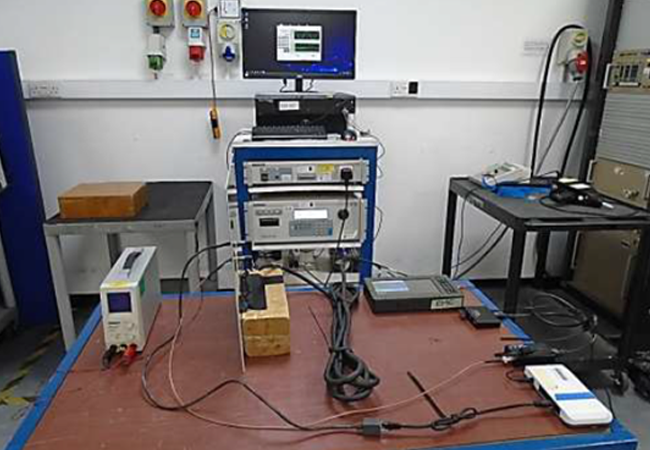
Figure 5: GRiDCASE 2507 During AC Mains Port Test
Voltage Fluctuations and Flicker: This test is performed to ensure that the device does not have extreme or unfavourable fluctuations in voltage. The device is operated through a combination of controls and programmes that are considered ‘standard use’ while being tested for any voltage flickers or fluctuations. This test is carried out to ensure that the device does not send any unnecessary current through the mains device.
Electrical Fast Transient/Bursts: This test checks how well a device is likely to remain safe for use should EFTs or rapid bursts of electricity pulses occur while the device is in use. The test is carried out by introducing EFTs into the system and testing the response form the device. This test is used on both the main device as well as any associated cables or connectors present.
Immunity to Surges: This test is carried out to ensure that the device operates and reacts in a safe manner when a sudden surge of electricity is introduced to the circuit it is using and to check that any surge prevention methods in place perform as expected.
Voltage Dips and Interruptions: This test is used to check how a device responds when sudden dips or interruptions to the standard flow of voltage within its current circuit occur. The standard voltage is dropped by set amounts between 0% and 70% of maximum voltage for short periods of time in cycles while the response from the device is monitored and noted down.
The GRiDCASE 2507 passed all tests successfully. If you would like to see the full UKAS Accredited Test Report, with the findings from TÜV SÜD alongside a breakdown of all the tests that were carried out on the GRiDCASE 2507, then please get in touch with us by email at sales@griduk.com or give our team a call on +44(0)1628 810 230 and one of our GRiD consultants will be happy to help.

